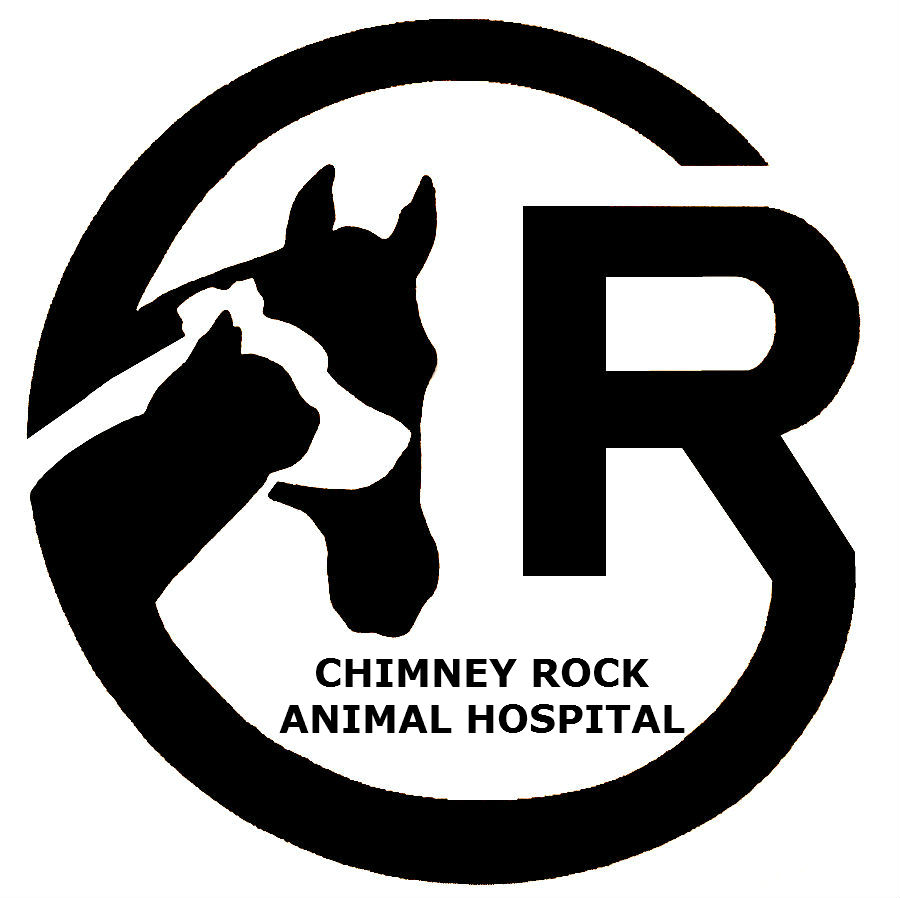-Why dental health is important?
The oral health of our pets is a topic that is often overlooked and widely underappreciated by the average pet owner, but evidence shows that staying up to date with your pet’s oral health can improve their overall quality of life, as well as longevity.
Dental health in pets is much like an iceberg, meaning that the greater percentage of dental disease occurs below the gumline, allowing us to only be able to see what is exposed and typically minor plaque and tartar buildup.
-How do I know if my pet has dental disease?
We recommend annual dental exams to check for early signs of dental disease so that oral health concerns can be managed before significant problems occur. The symptoms of dental disease can be limited to observations such as bad breath or reduced appetite, but can also include visibly discolored or broken teeth, as well as obvious oral pain or difficulties chewing. Monitoring your pet’s teeth at home can be difficult, which is why we perform a full oral exam at their annual visits. Most people are surprised to find out how much poor dental health can affect the rest of your pet’s body. More severe consequences of dental disease include unhealthy changes to the heart, liver, and kidneys.
-What is required to clean my pet’s teeth?
There are many similarities between animal and human dentistry, but the most obvious difference is that a cat or dog is not going to hold still and say “Ahh” while the dentist is cleaning their teeth. Since our pets can’t understand or appreciate this process, general anesthesia is required, and they are fully asleep during dental cleanings and procedures. While your pet is asleep, a comprehensive oral exam is performed by the veterinarian, along with scaling and polishing of each tooth surface.
The majority of pets that benefit the most from dental care are elderly (10+ years) dogs and cats. While age alone is not a primary factor that would hinder a patient’s ability to handle general anesthesia, older pets are prone to degenerative conditions that make them higher risk anesthesia candidates. Additional precautionary measures are taken for geriatric and high-risk patients, to ensure that the possibility of complications is kept as low as possible.
-What can I do at home?
While dental cleanings are the most beneficial way to eliminate bacteria and calculus buildup in your pet’s mouth, there are helpful options for pet owners to do at home to lengthen the time between dental cleanings. Regular brushing is the most effective way to keep your pet’s mouth healthy between oral health visits, as well as dental treats and even prescription dental foods can be considered. Some training and patience may be required for your pet to allow regular teeth brushing, and if you are not able to brush them every day, several times a week is still beneficial.
If you have any concerns about your pet’s dental health status, or suspect they may already be struggling with dental disease, it is always recommended to have them examined by your veterinarian to either establish a starting point or to explore preventative maintenance options.
-Joseph Stoecker, CVA

